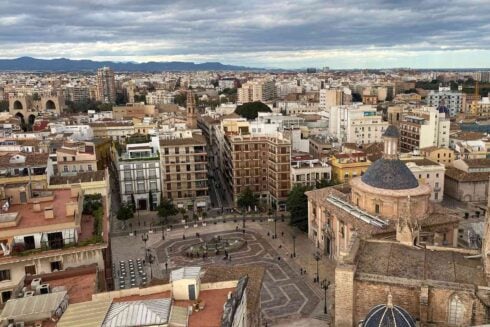A SOUTHERN European severe summer drought has allowed the Spanish Stonehenge to reappear from a dried up reservoir in the western province of Caceres.
The 5,000-year-old Dolmen de Guadalperal is made up of a 26 metre diameter circle of prehistoric stones that stand up to two metres tall inside the Valdecañas reservoir.
The granite stones were first discovered by archaeologist Hugo Obermaier in 1926.
But Spanish dictator Francisco Franco flooded the area when he ordered the creation of a reservoir that have seen them disappear from the landscape.
Normally supported by a flat boulder, they only became visible after the reservoir water level fell to 28% of its full capacity, a rare occurrence.
A 2020 petition by residents from the nearby village of Peraleda raised nearly 50,000 signatures to have the relic removed to a safer location.
Government officials disagreed, saying that they as some of them starting to crack up, they could be damaged in transit. They instead moved to award it protected cultural status.
The dolmens themselves are common around Europe but historians are unsure of who put them up in their vertical design.
Archaeologists believe they mark the dead or were used for religious ceremonies.
While the reappearance of the Spanish Stonehenge has excited the archaeological community and local tourist guides, farmers in the area face an uncertain future.
The drought has limited the water available for their livestock, with rainfall predictions proving to be just as dire for next winter.
Scientists believe the drought, as well as increasing wildfires, are being caused by the rapidly increased effects of runaway climate change.
READ MORE:
- Spanish Stonehenge set for cultural protection status despite being abandoned to soggy fate
- Secrets from the deep: As reservoirs dry up across Spain, long lost ancient sites are revealed
- One of Europe’s biggest megalithic sites discovered in southern Spain while planting avocados
Click here to read more Spain News from The Olive Press.








